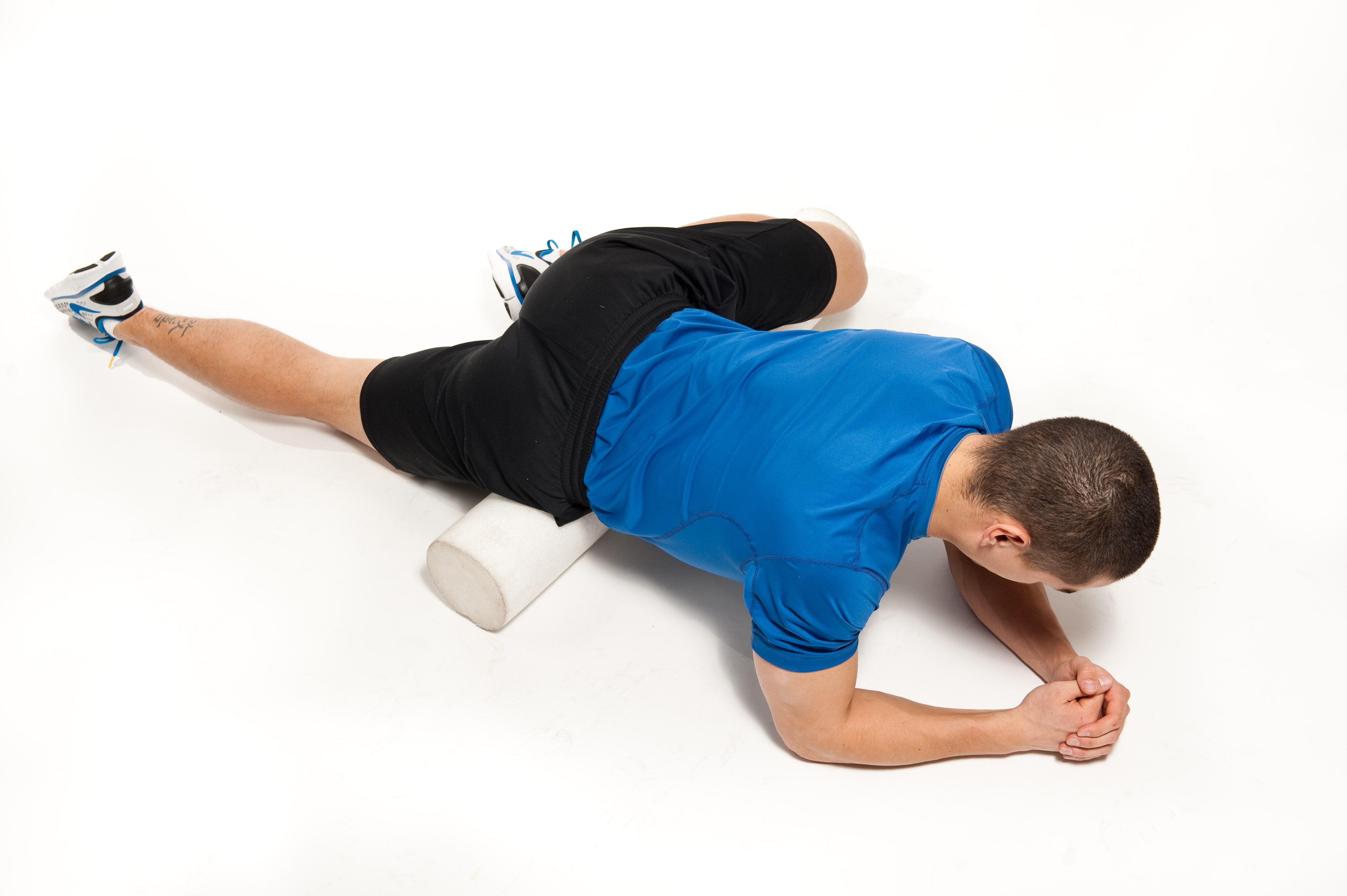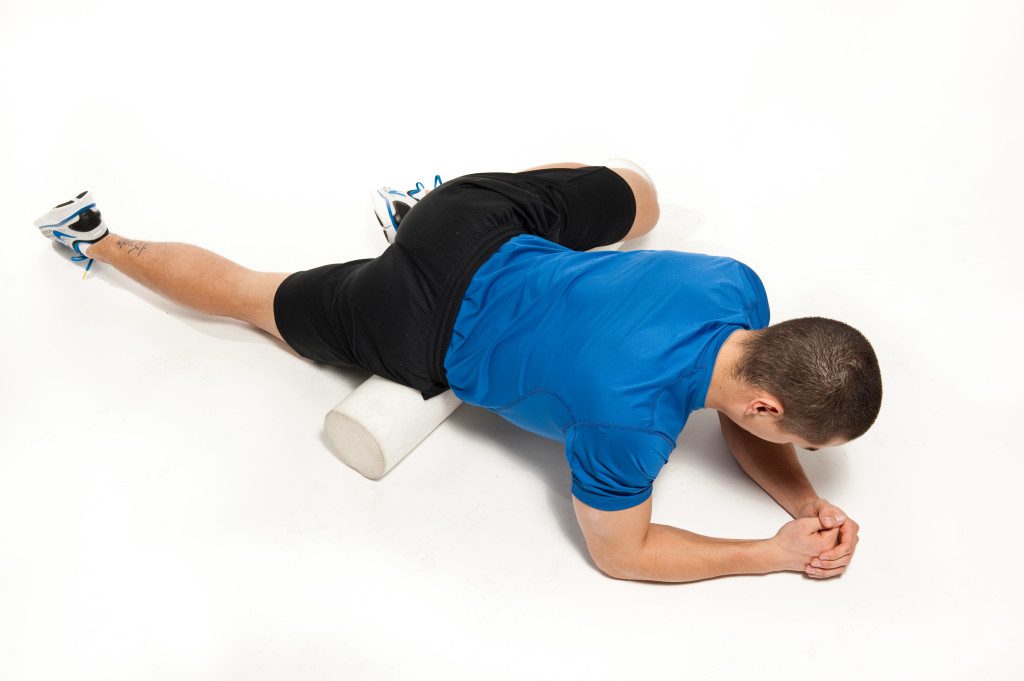Why an over-reliance on recovery may actually do harm
Recovery is an essential part of the training process, but if all you're ever doing is trying to recover, what exactly are you training for?


We are told, time and again, how important it is to rest and recover. After workouts, long runs and races, the body indeed requires time to rest, recover and adapt to the stress of the hard efforts we put in. However, there are also those who may be guilty of becoming over-reliant, dependent even, on recovery and who use it as a convenient excuse not to run and end up hindering their own improvement.
RELATED: Running aware, keeping the mind and body in sync
There are now no shortage of recovery aids and techniques that are said to ensure and perhaps even hasten recovery. Stretching, foam rolling, ice baths, hot baths, taping, massage, compression, recovery drinks and foods, the list goes on. When using these tactics alone or when combining them (smartly and carefully) they can effectively contribute to better overall recovery (likely through a combination of physical AND psychological effects). Needless to say, if you find something that works to enhance your recovery, by all means, do it.
Potential harm and setbacks can, however, result when these habits are considered so essential that we come to depend on them or use them as a crutch. Having to eat a specific food after every run, popping ibuprofen after every workout, taking an ice bath after every long run or getting a massage after every race may not always be an available option or indeed a smart one. And in such cases that access to a recovery aid is lost, may result in feelings of anxiety, distress or hopelessness. Ultimately, success is not dependent on any one (or more) recovery aid. It’s important to be flexible and to free yourself from a reliance on a specific recovery regime.
Some recovery techniques also mask or inhibit the body’s natural adaptation process and may actually prevent further improvement. It’s important to differentiate between pain that may lead to injury and the typical aches, stiffness and discomfort associated with training. In the case of the latter, doing everything to eliminate and avoid this may not be entirely necessary. Taking Advil, an ice bath or applying compression aims to reduce the amount of inflammation in the body, but inflammation is the body’s natural adaptation to stress. Sometimes the best thing you can do to let the body become faster, stronger or more durable is precisely to let it be.
Finally, despite every effort to do so, you won’t always feel fresh, fully recovered or ready for your next run or race. Think of this as an opportunity and not a disadvantage. Don’t hold back or lower your expectations just because you’re feeling sub-par. Our perceptions can be deceiving and your body (and mind) may be capable of much more than you believe it is.


